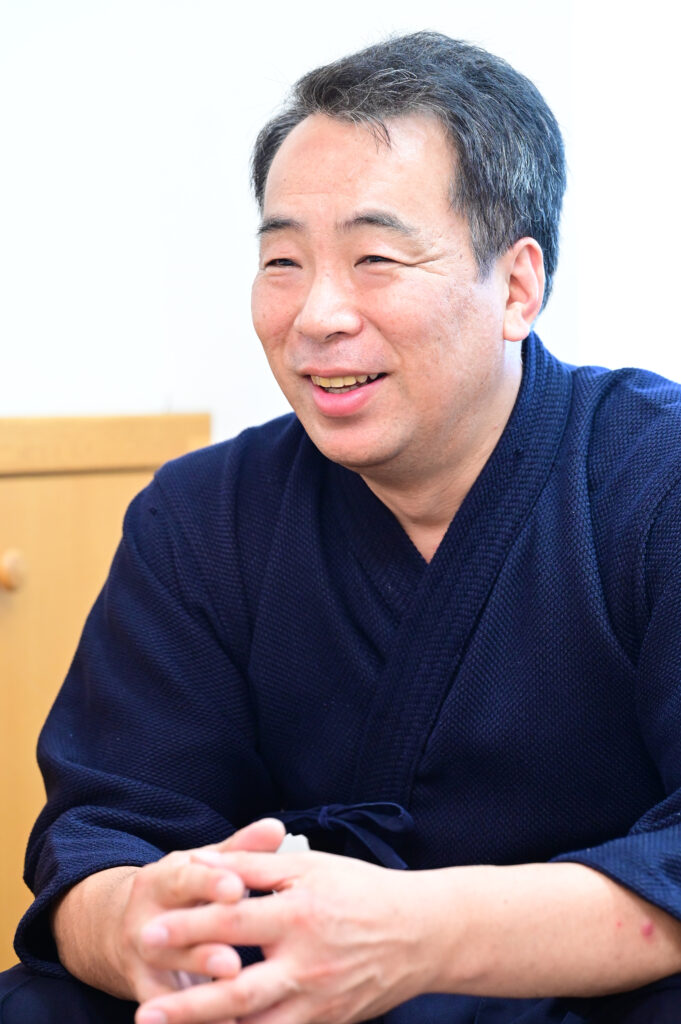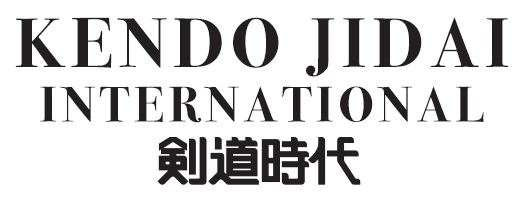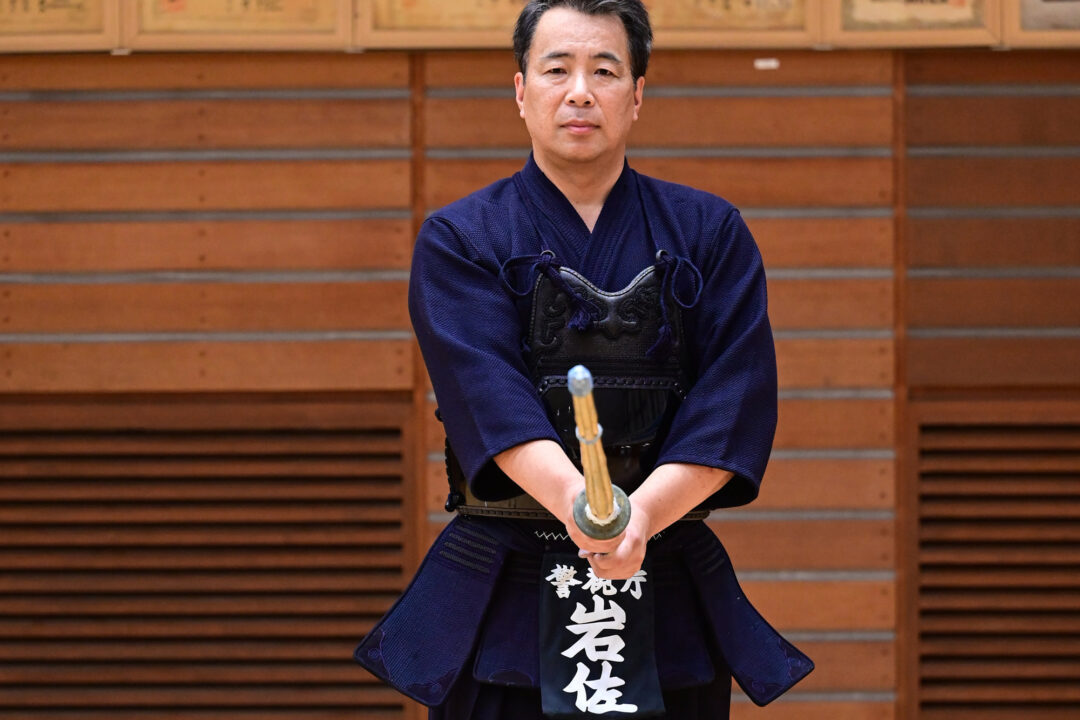2025.10 KENDOJIDAI
Composition: Tsuchiya Tomohiro
Photography: Nishiguchi Kunihiko
*Unauthorized reproduction or use of any images in this article is strictly prohibited.
With three victories at the Prince Tomohito 8th Dan Championship and a third place finish at this year’s All Japan Invitational 8th Dan Championship, Iwasa Sensei has built an outstanding record in 8th dan competitions. We spoke with him about what he focuses on in his daily keiko and the mindset he brings into matches.
Iwasa Hidenori

Centering on the tip of the sword and pursuing unwavering Kendo
I have been competing in the Prince Tomohito 8th Dan Championship since 2017 and in the All Japan Invitational 8th Dan Championship since last year. What struck me most when I first took part in the Prince Tomohito event was how unshakable my opponents’ kamae were. Of course, that is to be expected when facing teachers of 8th dan rank, but it left a much deeper impression on me compared to any matches I had experienced before.
I made my debut at the Prince Tomohito Championship at the age of 47 and was fortunate to win. However, looking back, my Kendo at that time was driven largely by youthful momentum, and I was left with many challenges to address. Among them, the biggest lesson was how I should attack an opponent whose posture never breaks and that became the starting point for much of the work I have focused on since then.
After last year’s All Japan Invitational 8th Dan Championship, I felt that I had grasped something important. It was the awareness of “always keeping the tip of my sword in its place when in chūdan-no-Kamae.”
At first glance, this may sound obvious. However, when your sword tip is brushed aside or pressed down by your opponent, the natural human reaction is to respond with strength and try to push back in the same way. But if you overreact, the more experienced teachers will seize that opening, and that in itself becomes a form of Kuzure (breaking of one’s posture and composure).
From this perspective, simply returning the sword tip to its correct original position in Chūdan means that you have not broken your posture. On the contrary, this often frustrates your opponent, prompting them to take some action, and in doing so, they create a break in themselves. Keeping this idea in mind, I have made it a key part of my Keiko to return my sword tip to its original chūdan position no matter what my opponent does.
Looking back on my previous approach, I realize that I used to focus too much on trying to break my opponent’s unwavering posture and as a result, I was the one who ended up breaking and getting struck. When I attempted to seize the right moment to launch an attack, my intentions were often read by my opponent, or my movement would become delayed.
This led me to think deeply about how to prevent my intentions from being perceived, and that line of thought eventually led to the discovery I just described. It may not yet be at a level I can call complete, but I feel that this approach suits my style of Kendo very well.
Reaching the target in the shortest and fastest way
In addition to keeping the tip of my sword centered in Kamae, another point I have been mindful of is striking in the shortest and fastest way possible. This is something every practitioner considers, of course, but I have tried to pursue it at a more advanced level.
When facing 8th dan teachers, it is not only about finding the right opportunity to strike, both physically and mentally, if you do not deliver the strike with maximum speed and minimal motion, it will be blocked or countered. That is why many of the valid strikes seen in 8th dan matches are techniques that emerge almost unconsciously. If you think and then decide, “I will use this technique,” it becomes very difficult to take a point from your opponent.
To minimize the initial movement that signals the start of an attack, I have been working on this deliberately in my daily Keiko. Generally, when attempting a strike, people tend to move their hands first to lift the Shinai. However, against highly experienced teachers, this approach allows them to read what you are about to strike or even when you are about to launch your attack.
That is why I focus on using my hands last. It is essential to initiate the movement with the feet first, followed by the movement of the Shinai. Once you raise the Shinai too early, it becomes difficult to change its trajectory. But if the hands move at the very end, you retain the flexibility to adjust your strike path according to the opponent’s reaction. If the opponent’s hands drop, you can naturally shift to Men or Tsuki; if their hands rise, you can move to kote.
I have always aimed to make the trajectory of all my techniques consistent, so this method is something I feel truly suits my style of Kendo. In actual striking, it is essential to deliver the blow without disturbing your core, with your hips engaged, and using a compact and precise snap of the hands.
I would also like to add that this way of striking is built upon a solid foundation of basic striking practice, and it is not something that can be achieved without that fundamental training.
Maintaining correct Kamae and sensing the opponent’s signs
The rest of this article is only available for Kendo Jidai International subscribers!


